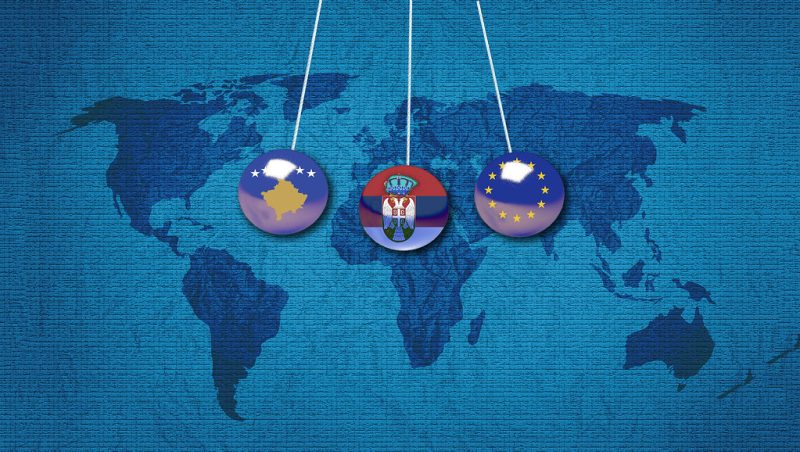On September 24th, an armed group of about 30 Kosovo Serbs stormed the Kosovar village of Banjska, resulting in four casualties: three attackers and one police officer. Tensions remain high in the region after this event, which comes after similar flare-ups in the past years. What makes this situation different is the result in casualties and an intent by the group of Kosovo Serbs to provoke local populations.
The attack was led by Milan Radoičić, the vice president of Serb List, the main Kosovo Serb political party. According to Politico, Radoičić “resigned on Friday [the 29th] after admitting to setting up the armed group responsible for the attack.”
The same report adds that there is a “large military deployment” of Serbian tanks and artillery on the Serbian-Kosovan border. Both Kosovo and the United States have called for the removal of these forces, with Kosovan Prime Minister Albin Kurti going so far as to say that Serbia “planned and ordered an attack in Northern Kosovo ‘to destabilize’ the country with the goal of starting a war.”
In a government statement, Kosovo said, “We call upon President Vučić and the institutions of Serbia to immediately withdraw all troops from the border with Kosovo.”
Vučić, for his part, told the Financial Times that he did not intend to order his forces to cross the border into Kosovo, because an escalation of the conflict would harm Belgrade’s aspirations to the join the European Union.
N.A.T.O. has authorized the presence of additional forces in the region as an added measure.
This conflict is escalating at the same time as U.S.- and E.U.-led efforts to normalize relations between Serbia and Kosovo are continuing to take place, though these efforts have had limited success. Meanwhile, Kosovo is seeking territorial integrity, and Serbia, as mentioned, is aspiring to join the E.U.
The recent attack shows the delicate nature of these efforts. The region has seen ethnic conflicts and conflict interventions within the past 30 years and beyond, and disputes from various parties (e.g. Serbian claims to Kosovo and non-recognition of Kosovar authorities by Kosovo Serbs) continue. Such conflict flare-ups, particularly those similar to the September 24th village attack, demonstrate the need for a peace deal between Serbia and Kosovo.
Making such a deal possible begins with the involved parties agreeing to join the negotiation table, withdraw heavy weaponry from key points, and hold frequent meetings. These frequent meetings would give the involved parties more information to work with, resulting in more productive meetings and increased trust.
A peace agreement that can resolve all disputes among the involved parties is unlikely. However, maintaining ongoing negotiations that can result in tangible outcomes will likely produce more successful results. If leadership from the U.S. and E.U. can maintain open communication with their Serbian and Kosovar counterparts, more tangible results are likely.
- Uncertainty As Russia Exits Nuclear Test Ban Treaty - December 3, 2023
- Ties Between Russia And North Korea In The Modern Day - November 15, 2023
- Kosovo Accuses Serbia Of Destabilization Efforts After Deadly Attack - October 13, 2023


